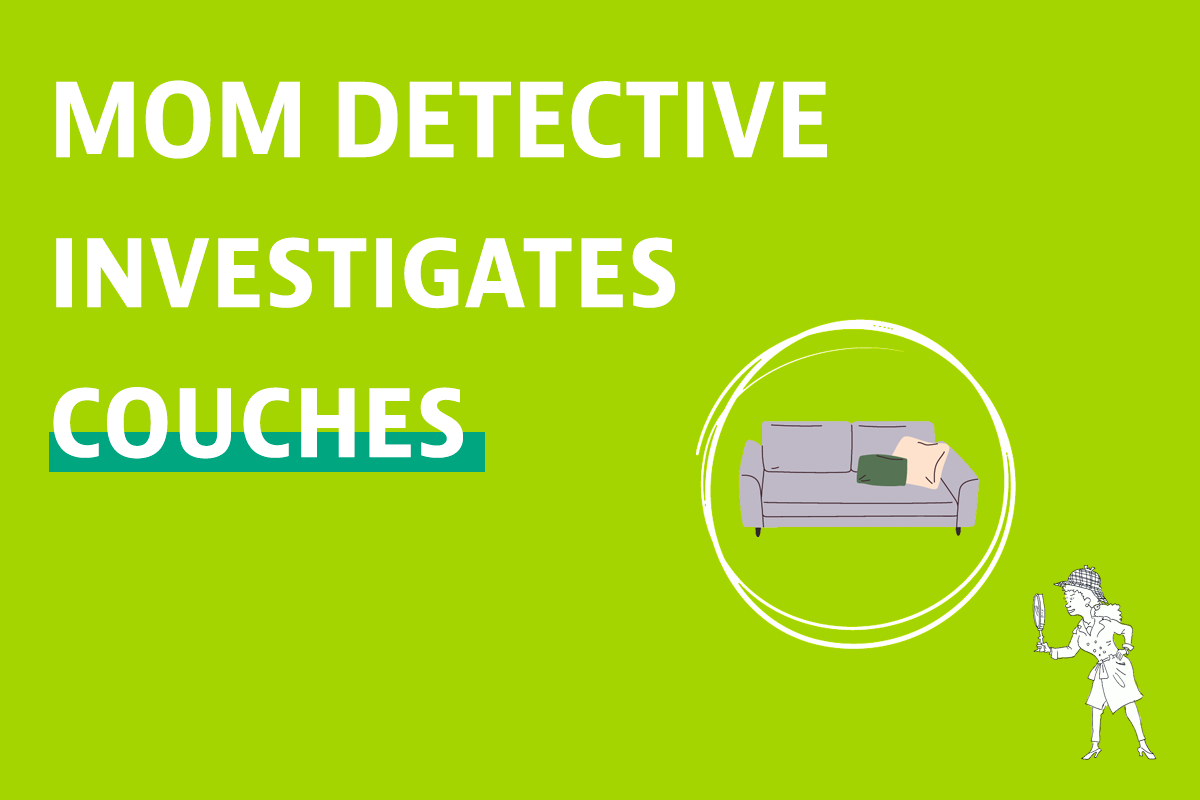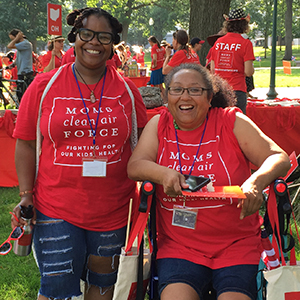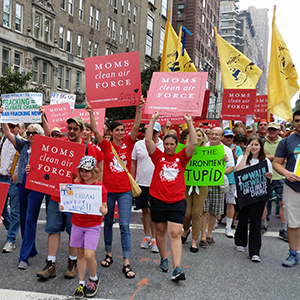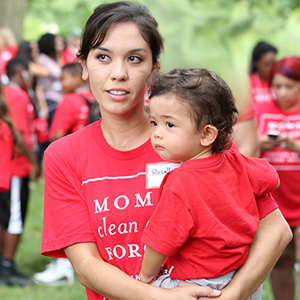
Have a question for Mom Detective? Submit it here.
BETH C. IN SOUTH CAROLINA ASKS: What is the deal with couches? A mom friend told me they have toxic chemicals in them and that new ones are better than old? I can’t afford to throw out all my upholstered furniture, and it doesn’t seem good for the environment either. If I want to buy a new couch, how do I get a safe one?
MOM DETECTIVE ANSWERS:
Hi, Beth. The consumer products industry is such a mess. It’s unacceptable your question is even a question, and yet, here we are. Here’s the briefest history of how we got toxic chemicals in our living room furniture: Starting in 1975, a California furniture flammability standard resulted in widespread use of flame-retardant chemicals. This standard wound up impacting all of North America because no manufacturer makes products for California only. So all the couches made after 1975 had flame retardants.
These flame retardants, time would tell, aren’t safe for human health. They have been linked to cancer, hormone disruption, cognitive function in kids, among other serious concerns, but it took until 2017 to right the ship. 1975 to 2017! That’s when the U.S. Consumer Product Safety Commission (CPSC) at long last banned furniture and other products containing any organohalogen flame retardants. While this was a huge win for public health, it unfortunately doesn’t mean furniture doesn’t contain other types of possibly toxic flame retardants. It’s always something. Still, we’re in better shape than we used to be.
All this is a lot to process and understand when you just want to redecorate or sit and watch TV safely. If you’re interested in learning more in depth about the wonkier aspects of flame-retardant legislation and impacts on health, head to Green Science Policy Institute. Their work on the topic is extensive and easy for anyone to understand.
Now let’s get into the details on how to find a new safe couch. Then we can get into what to do with the stuff you already own.
How to buy a safer new couch
Couches made after 2015 are required to have a label that states if an item contains added flame retardants. Look for the label when shopping—and ask salespeople for help if you can’t locate it. Also, pay attention to materials. Some highly flammable ones are more likely than others to contain added flame retardants. Materials unlikely to contain added flame retardants include wood and wicker items that don’t have filling and cushions filled with wool or natural latex.
Keep in mind there are other pitfalls beyond flame retardants that are worth avoiding in new furniture. These include:
- Stain- or water-repellent finishes, which can be made of PFAS chemicals that can be harmful to human (and pet!) health.
- Volatile organic compounds (VOCs) found in some polyurethane foams that release gases, including formaldehyde, and can pollute your indoor air.
Green Science Policy Institute as well as the Environmental Working Group maintain helpful guides to purchasing new upholstered furniture. These include useful tips on responsible ways to dispose of older furniture that may contain flame retardants. Check them out.
How to upgrade an old couch
This is not an exact science but if you have a couch made between 1975 and 2017 (and who doesn’t?), the most impactful action you can take to mitigate harm is to replace their foam with flame-retardant-free foam. Having something reupholstered is a bit of a lost art these days, so it may be less expensive to just buy new. Sad but true.
If you’re keeping an old piece of furniture, it’s time to up your cleaning game. Flame retardants from upholstered furniture migrate and are typically found in household dust. If you don’t already have a vacuum with a HEPA filter, which traps tiny particles, upgrade to one, then use it frequently. This is cheaper than a new couch. Wet dusting with cloths and mops as well as opening windows for ventilation on days when the outdoor air quality is safe can also cut down on flame-retardant dust around the house. Sometimes, we forget the most obvious simple steps, like washing your hands before eating, can really reduce exposure to flame retardants.
But, Beth, here’s the thing: Ultimately, it is not up to consumers to shop their way out of serious problems. Even if you take the time-consuming and possibly expensive steps to replace or upgrade your old couch, you’ll inevitably spend time daily in school or at work or even at doctors’ offices where you’ll come into contact with upholstered furniture you didn’t purchase and know nothing about. The powers that be are well aware of the science and the fact that consumers don’t want toxic chemicals in products made for their homes. Manufacturers also know how to do better—they’ve already responded to stricter standards as well as bans and created furniture free of some of the worst flame retardants and materials. We’ve seen shifts in the right direction in recent years and need to keep the pressure on.
Join us at Moms to demand our elected officials place the onus on manufacturers to make safe products for all—including the most vulnerable among us: our children.




